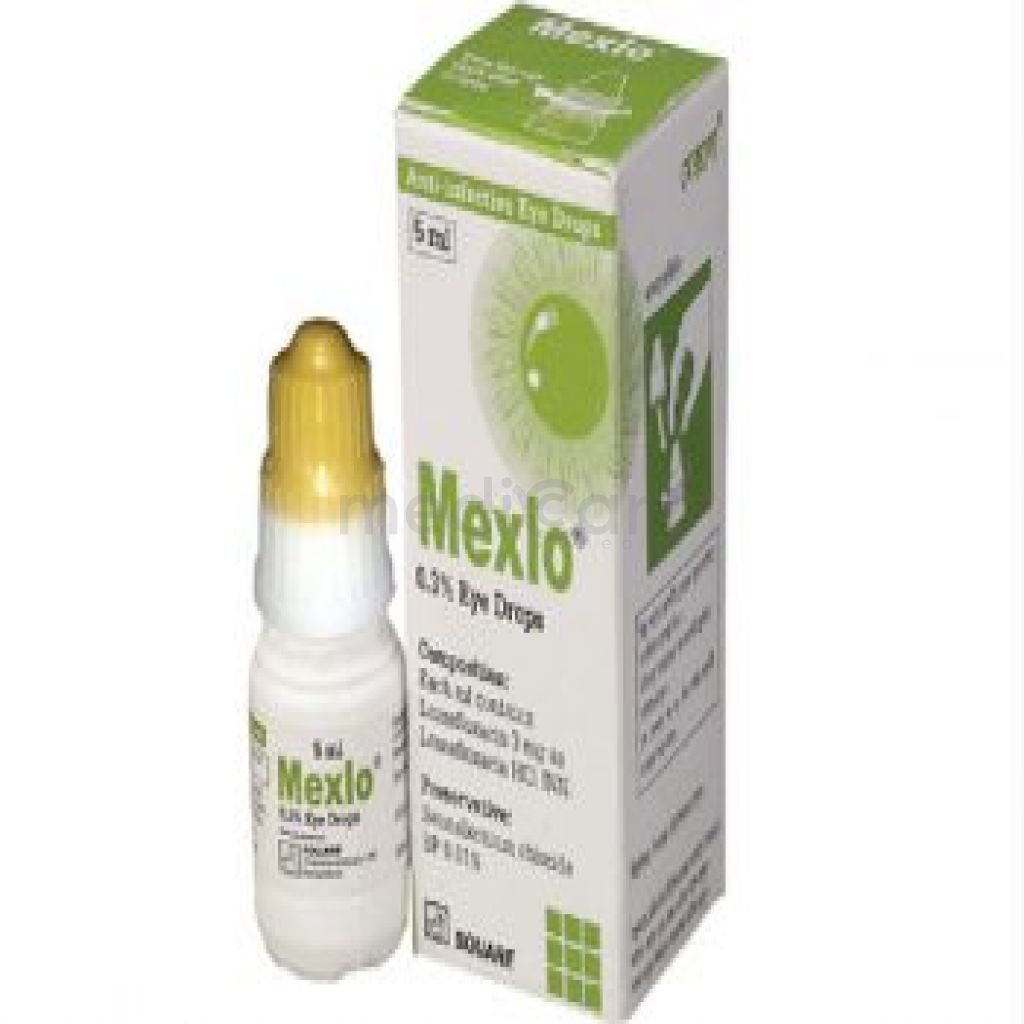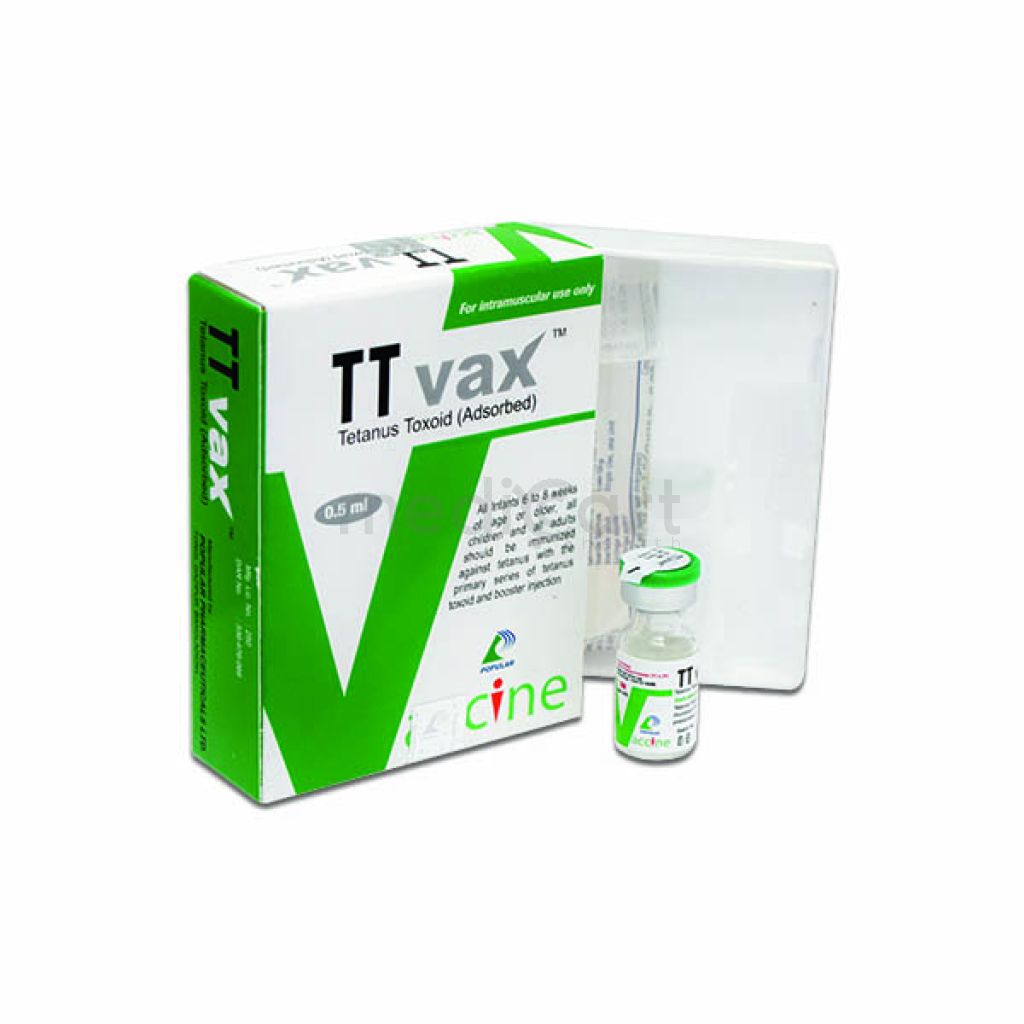

Duracain - 20mg/4ml
Injection
Pack Size :
1 Injection x 1 Packet
Generics :
Bupivacaine + Dextrose
Manufacturer :
Techno Drugs Ltd
Best Price *
TK
30.00
* Delivery will be done in Dhaka city only.
Alternative Product
More Information About - Duracain - 20mg/4ml
Description
Generic Name
Bupivacaine + DextrosePrecaution
Hepatic disease; CV disease; children <12 yr; pregnancy. Elderly and debilitated patients. Lactation: excretion in milk unknown/not recommendedIndication
Intrathecal anesthesia, Spinal anesthesia, Epidural anesthesia, Subarachnoid anesthesiaContra Indication
Hypersensitivity to local anaesthetics of amide type. IV regional anaesthesia; paracervical block in obstetrics; spinal anaesthesia <18 yr. Lactation. Solutions containing preservatives for caudal or epidural block.Dose
N/ASide Effect
CNS excitation may be followed by depression. Hypotension, bradycardia, arrhythmias and cardiac arrest; methaemoglobinaemia; seizures, restlessness, dizziness. Hypersensitivity. Prolonged block, Edema, Headache, Hypotension, Hypoventilation, Nausea, Nervousness, Palpitation, Respiratory arrest, Tachycardia, Tinnitus, Tremors, Vomiting. Potentially Fatal: Cardiac and sudden respiratory arrest.Pregnancy Category
Name : C
Description
Animal reproduction studies have shown an adverse effect on the fetus and there are no adequate and well-controlled studies in humans, but potential benefits may warrant use of the drug in pregnant women despite potential risksMode of Action
Bupivacaine blocks both the initiation and conduction of nerve impulses reducing the permeability of neuronal membranes to Na ions resulting in inhibition of depolarization w/ resultant blockade of conduction. Dextrose is a monosaccharide that is used as a source of calories and water for hydration. It helps to reduce loss of body protein and nitrogen. It also promotes glycogen deposition in the liver.Interaction
Additive systemic toxic effect w/ other local anaesth or agents structurally related to amide-type local anaesth (e.g. lidocaine and mexiletine). Increased risk of myocardial depression w/ antiarrhythmics. Enhanced adverse effects w/ hyaluronidase. Decreased clearance resulting to increased plasma concentrations w/ cimetidine and ranitidine. Increased risk of adverse effects w/ beta-blockers and Ca channel blockers.Pregnancy Category Note
Pregnancy Category: C Lactation: excretion in milk unknown/not recommendedAdult Dose
Adult: Inj Percutaneous infiltration anesth For prolonged action: 9 mg w/ adrenaline (1 in 200,000), may repeat 2-10 mins later if needed. Max: 90 mg per dental sitting. Surgical anaesthesia Peripheral nerve block 12.5 mg (as 0.25% soln) or 25 mg (as 0.5% soln) . Max: 150 mg/dose. Sympathetic nerve block As 0.25% soln: 50-125 mg. Retrobulbar block As 0.75% soln: 15-30 mg. Caudal block In surgery: 37.5-75 mg (as 0.25% soln) or 75-150 mg (as 0.5% soln). Lumbar epidural block In surgery: 25-50 mg (as 0.25% soln) and 50-100 mg (as 0.5% soln). Spinal block: 0.5% soln: 10-20 mg (2-4 mL).Child Dose
<12 years: Not recommended Caudal Block, Epidural Block, Local Block >12 years Local Anesthesia: Infiltration 0.25% infiltrated locally: 175 mg maximum Caudal Block: 15-30 mL of 0.25% or 0.5% (preservative free) Epidural Block Other Than Caudal Block: 10-20 mL of 0.25% or 0.5%; administer in 3-5 mL increments allowing sufficient time to detect toxic manifestations of inadvertent IV or IT administration (preservative free); for surgical procedures requiring high degree of muscle relaxation and prolonged effects administer10-20 mL of 0.75%; not to be used in obstetrical cases Peripheral or Sympathetic Nerve Block >12 years Peripheral Nerve Block: 5 mL of 0.25-0.5%; 400 mg/day maximum Sympathetic Nerve Block: 20-50 mL of 0.25%Renal Dose
N/AAdministration
N/ADisclaimer
The information provided herein are for informational purposes only and not intended to be a substitute for professional medical advice, diagnosis, or treatment. Please note that this information should not be treated as a replacement for physical medical consultation or advice. Great effort has been placed to provide accurate and comprehensive data. However, Medicart along with its authors and editors make no representations or warranties and specifically disclaim all liability for any medical information provided on the site. The absence of any information and/or warning to any drug shall not be considered and assumed as an implied assurance of the Company.





